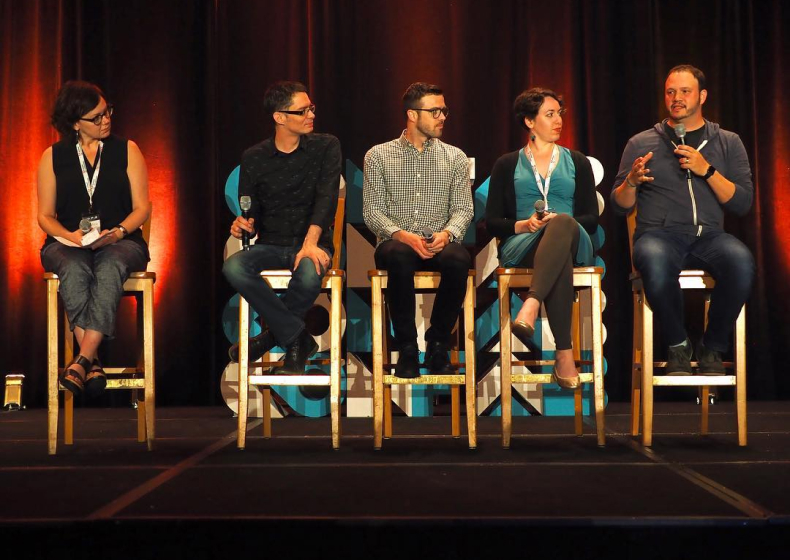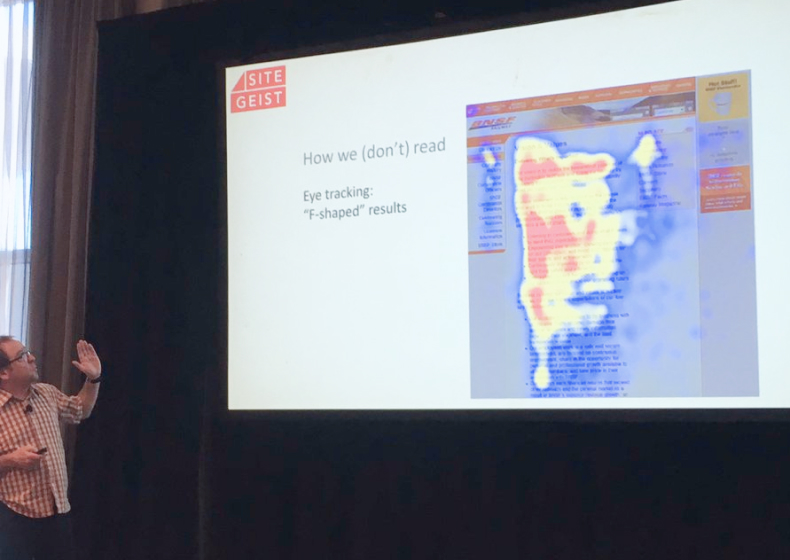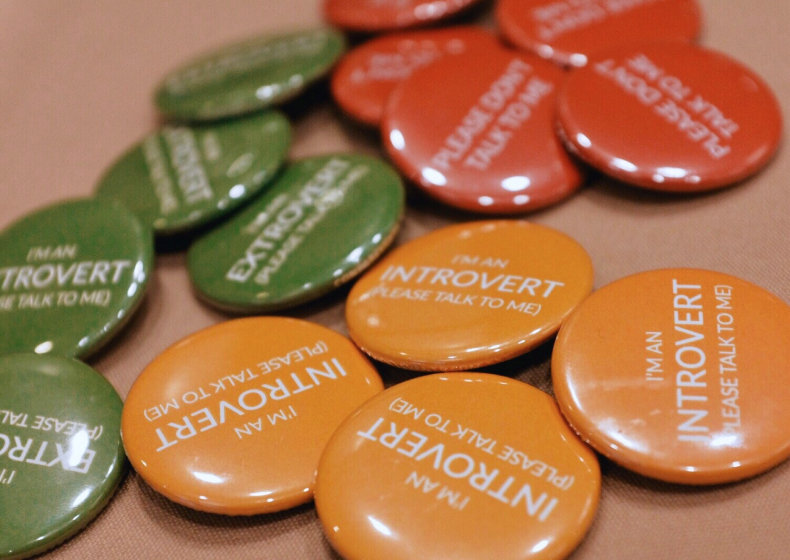Content Strategists Inject Meaning into the Message: 5 Takeaways from Confab Intensive 2017
Posted in Insights
[caption id="attachment_19859" align="aligncenter" width="790"] Photo courtesy Confab Events.[/caption]
Photo courtesy Confab Events.[/caption]
From the minds of Brain Traffic, Confab Intensive spans three days of in-depth content strategy workshops led by industry experts. This year held in Denver, Colorado, FINE writer and project director Allyson Marrs participated in six, three-hour workshops, putting principles to the test through speaker-led, small-group activities.
In the interest of today’s digital consumers’ waning commitment to content, here are the 5, easy-to-digest, skim-if-you’d-like, skip-entire-sections, takeaways consolidated from 18-hours-worth of insights.
1. Content Strategy means different things to different audiences.
Beyond the blank stares content strategists might receive upon mentioning what they do (“oh, so you fill in the empty bits?”), the team in which they work all interprets the content strategist’s purpose in a way that best translates to their own role. And they’re all right.
● Sales is looking for the right message delivered to the right audience at the right time to drive leads. To win here, rate business goals against messaging ideas to see which has the most potential impact.
● Design is looking for the content requirements so they can create a visual solution that tells the story. To win here, produce a content hierarchy template (big message => secondary => support) or a one sheet of different page types to provide the outline they’ll creatively solve.
● Development is looking for content patterns and rules to most efficiently create page types and determine how often and when they appear. To win here, organize and emphasize content types, not their minute details, listing what we’re making, how they relate, and which information they’ll contain.
2. Content strategists are translators.
Content strategy is the organization of all your thoughts; it’s taking inventory of everything that exists to plan for what matters in the future. To do this:
● Ask smarter questions. Clients and stakeholders need a structure to hold onto to stay focused on the objective.
● Clarify goals and challenges. Figure these out first, and let the deliverables stem from there.
● Think about content’s real use case. What’s the purpose it’ll serve? Does it require substantial effort, maintenance, resources?
● Set basic rules. Once the work is done, make sure it stays that way by documenting voice and tone, naming conventions, frequently used terms, and channel-specific content components.
3. Content should come first.
Ok, ok. Settle down. We’re not saying it’s the egg. Or is it the chicken? But there’s a strong argument to be made for putting content ahead of design.
● “So, what do you imagine going there?” — content person to designer. Sometimes, you can’t avoid design coming first. So if it does, interrogate the mockup. Design is beautiful and expressive, but like content, it needs to serve a purpose, and that purpose is communicating the message.
● “Some [insert content type here] are really long. They’re not all uniform.” — content person to designer. We create better design by having an idea of what the content will be, even if it’s not “written,” because we can plan for best- and worst-case scenarios.
● “This looks great, but it doesn’t really ‘fit’ with the content.” — content person to designer. Design should serve content and vice versa; they should amplify each other. That’s put at risk if design moves before you’ve mapped the territory.

4. Digital readers want the point, not the prose.
And writers’ hearts everywhere broke in two.
● People don’t want to spend time with your content. Users fail on the web from confusing navigation and links; they want a singular direction, simple structure (notice these bullet points!), brief phrasing, and common language.
● Digital readers skim. Usually in an F shape. Make headlines clinical so they can easily find what they need, and then inject voice into the body copy, where they’ll likely spend more time with it.
● In digital, we have diminishing control over the context of content presentation. Take an image away, or stack blocks differently on devices, and suddenly your clever headline could be about home repairs or the House of Representatives.
5. Write content that completes top tasks.
Once you know what the reader needs, wants, or is looking for, give it to them.
● Ask clients questions that force them out of Subject Matter Expert role and into their users’ mindset. In digital, begin with basics and build into complexity.
● Readers want to finish what they came for as quickly as possible. From headlines to CTAs, copy should express that THIS SECTION HERE IS EXACTLY WHAT YOU NEED.
[caption id="attachment_19861" align="aligncenter" width="790"] Photo courtesy Confab Events[/caption]
Photo courtesy Confab Events[/caption]
Thanks to Confab Events for a focused three days on critical content strategies and practices for a shared understanding. And a special thanks to John Ryan of Sitegeist for breaking my spirit with this, “Content people are too in love with their words,” before engaging in a sidebar and promising me that finding the balance is just as much art as is “writing pretty.”
*Workshops Attended
*Thank you especially to the folks below for their thoughtful insights and making this recap possible.
Collaborative Content Modeling, Jeff Eaton
Building a Storytelling Infrastructure, Georgy Cohen
Content Strategy for Copywriters, John Ryan
The Lonely Content Strategist, Cameron Siewert
How to Collaborate Effectively with Subject Matter Experts, Richard Ingram
Stakeholder Wrangling, Amanda Costello